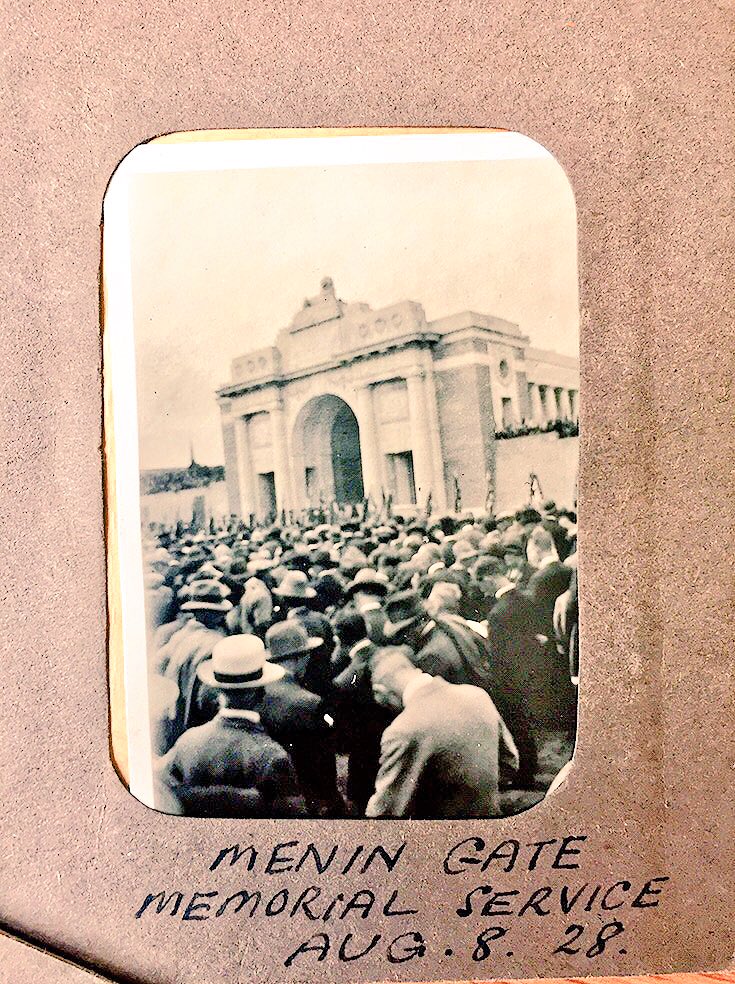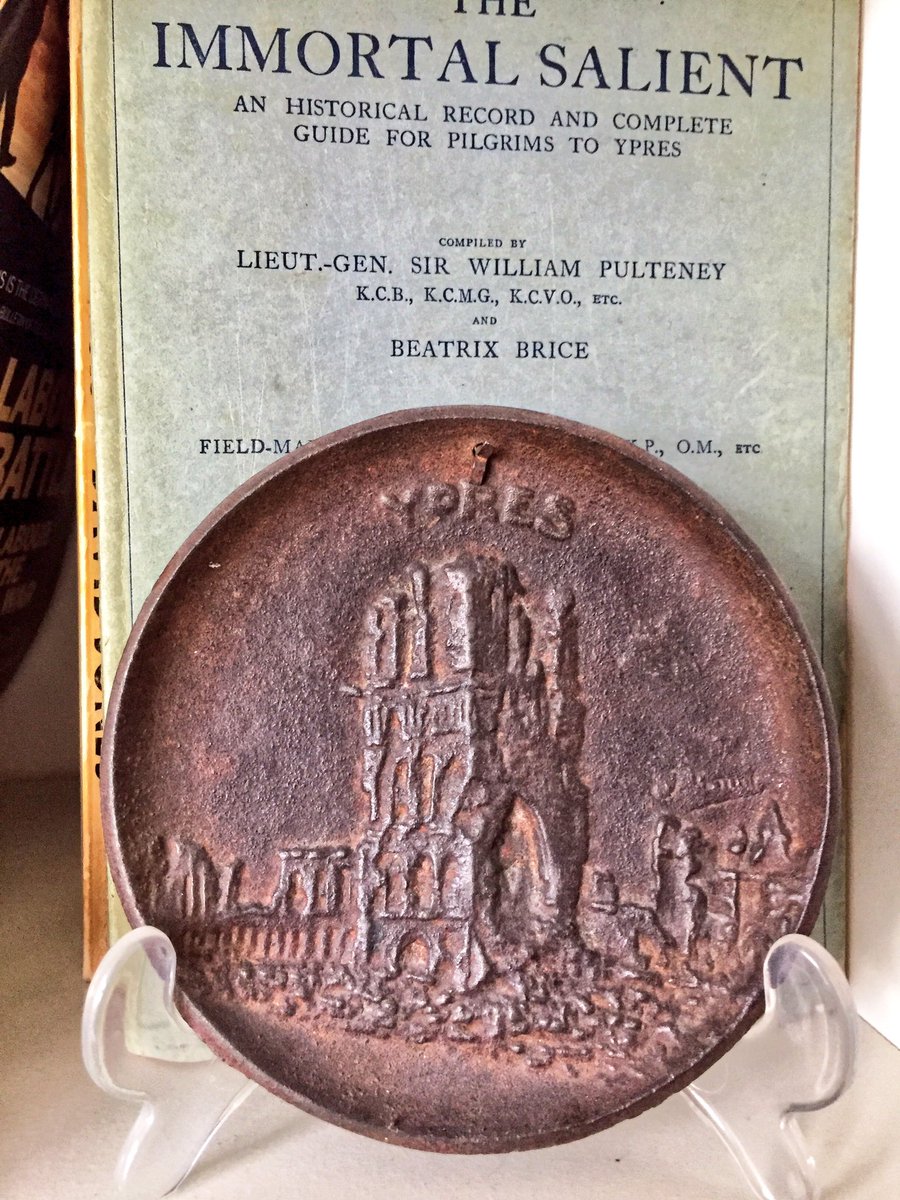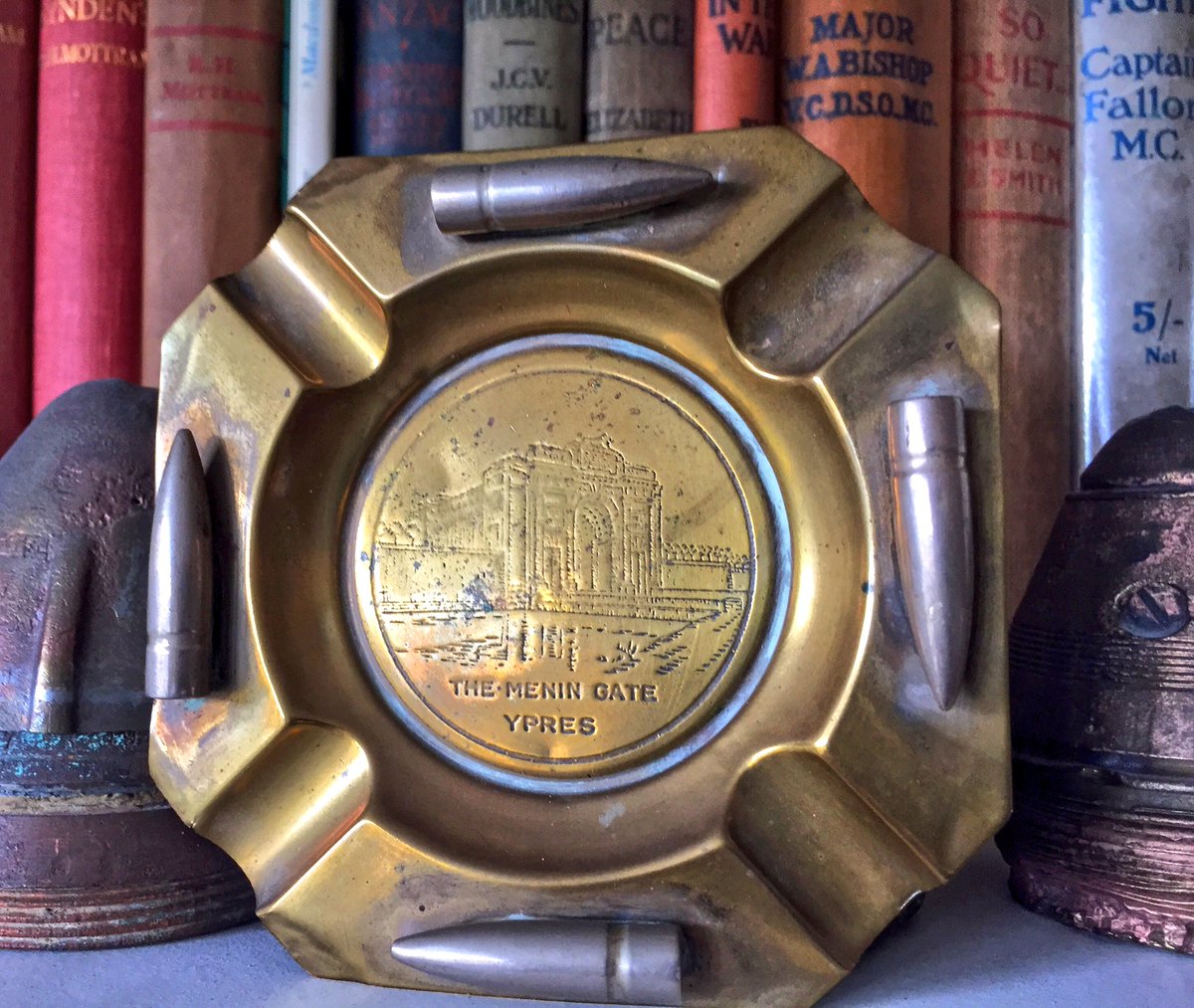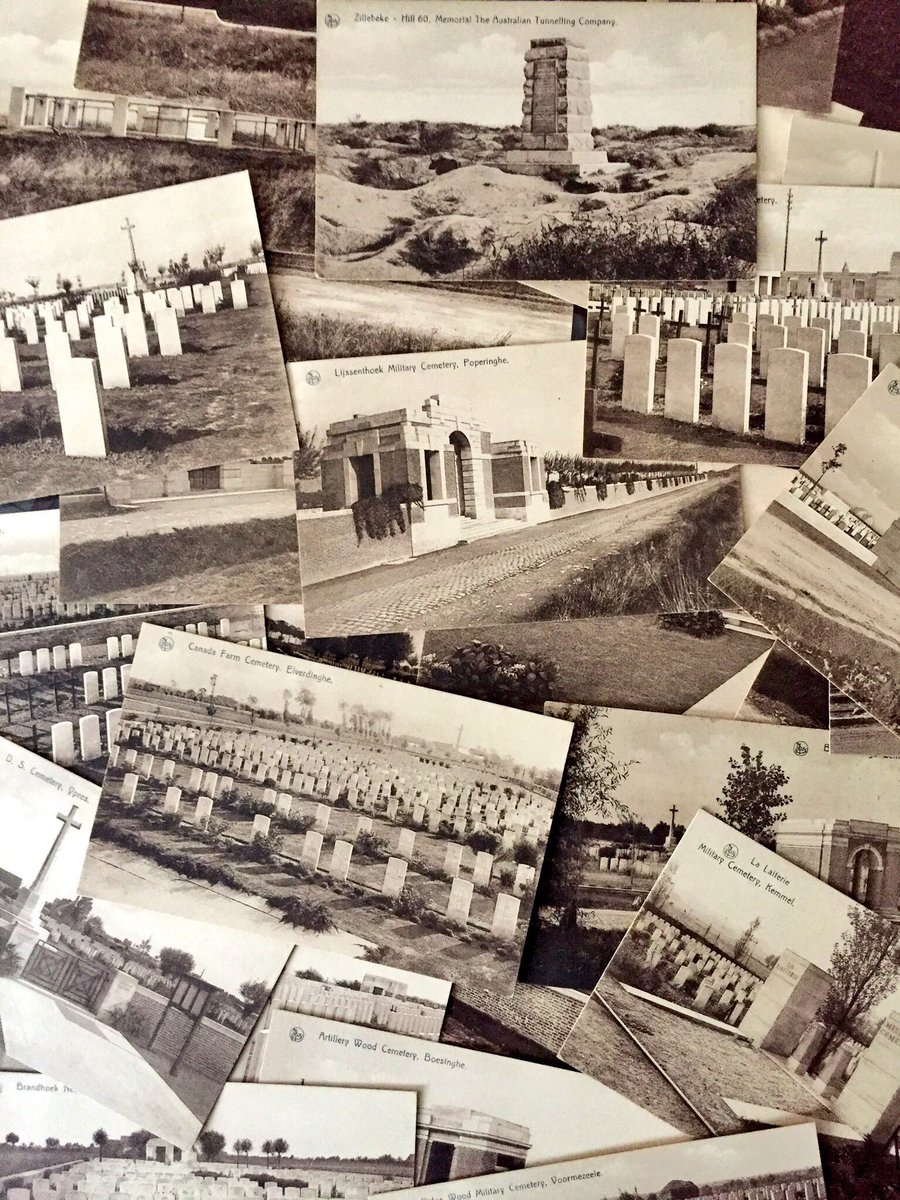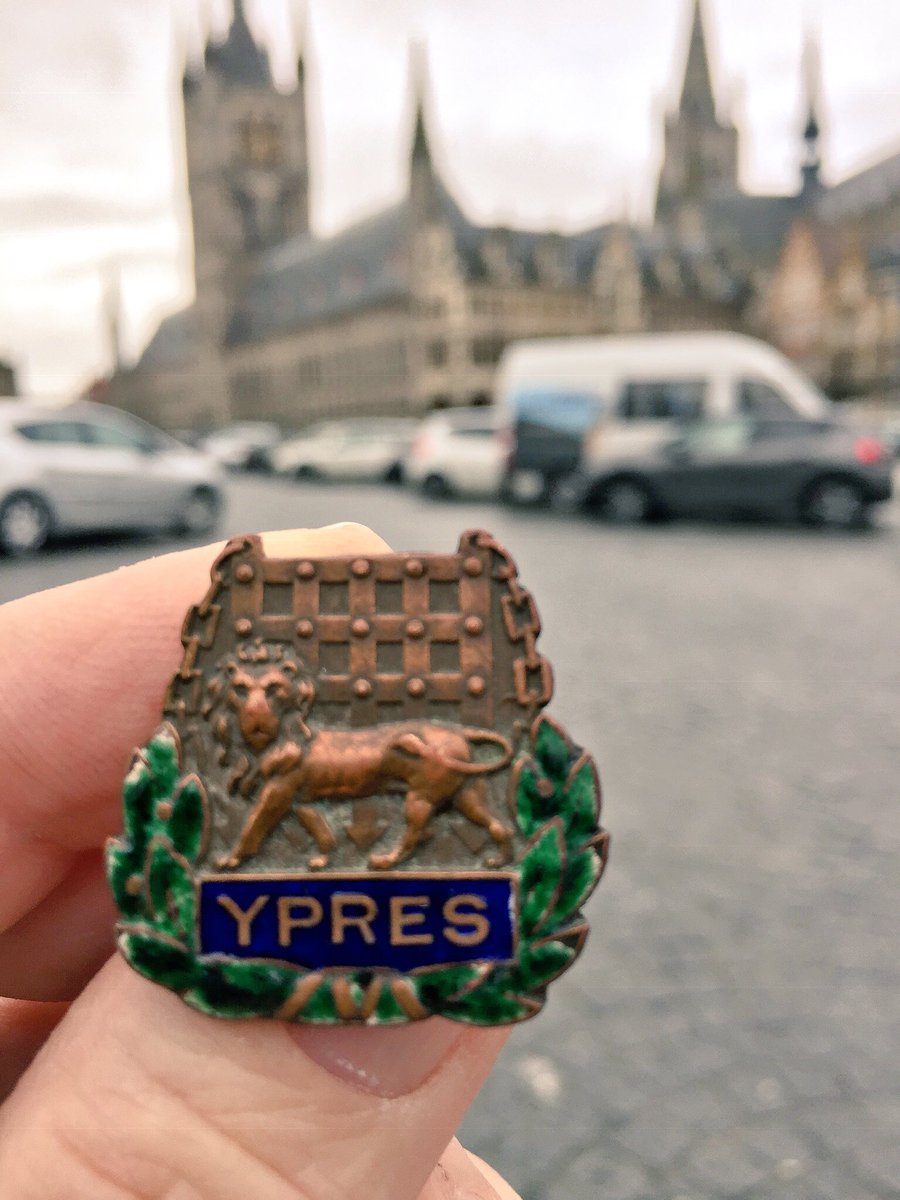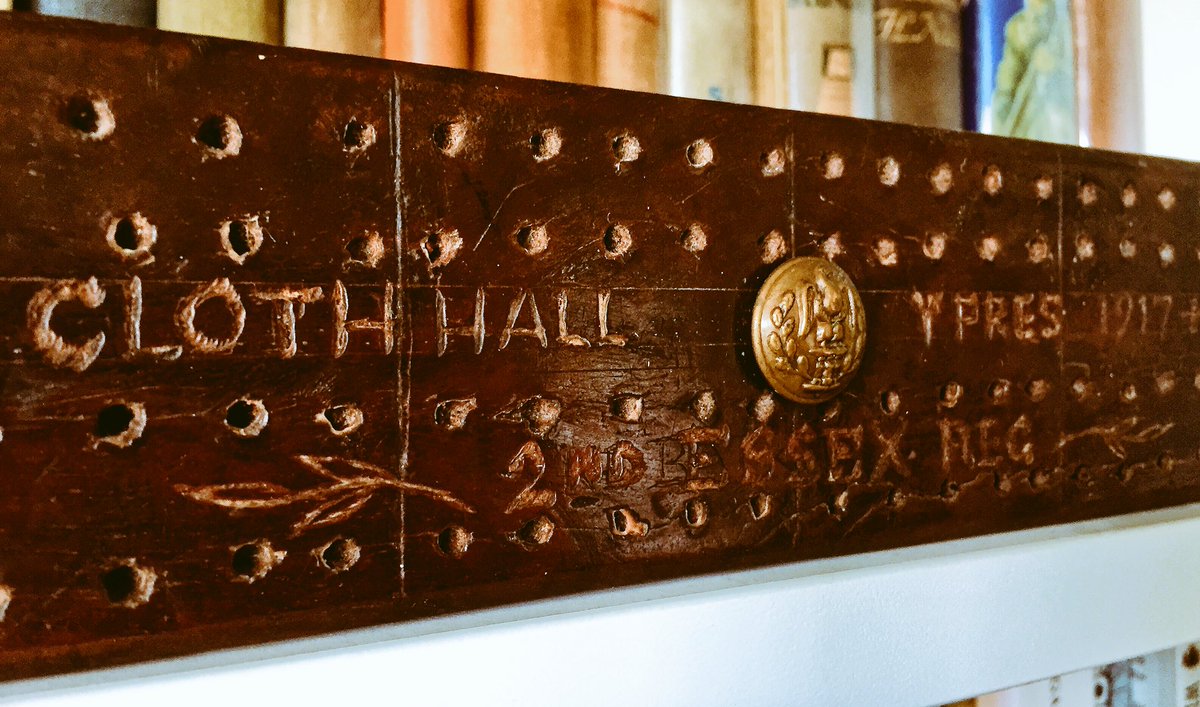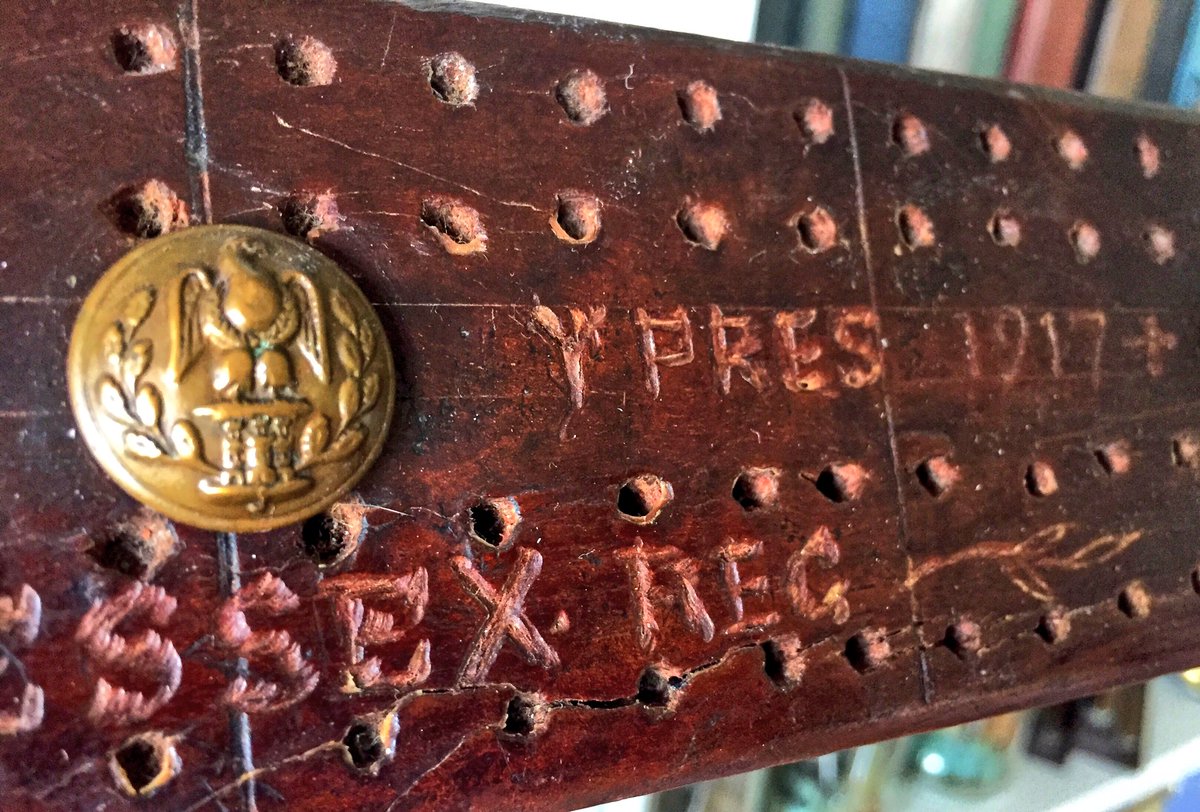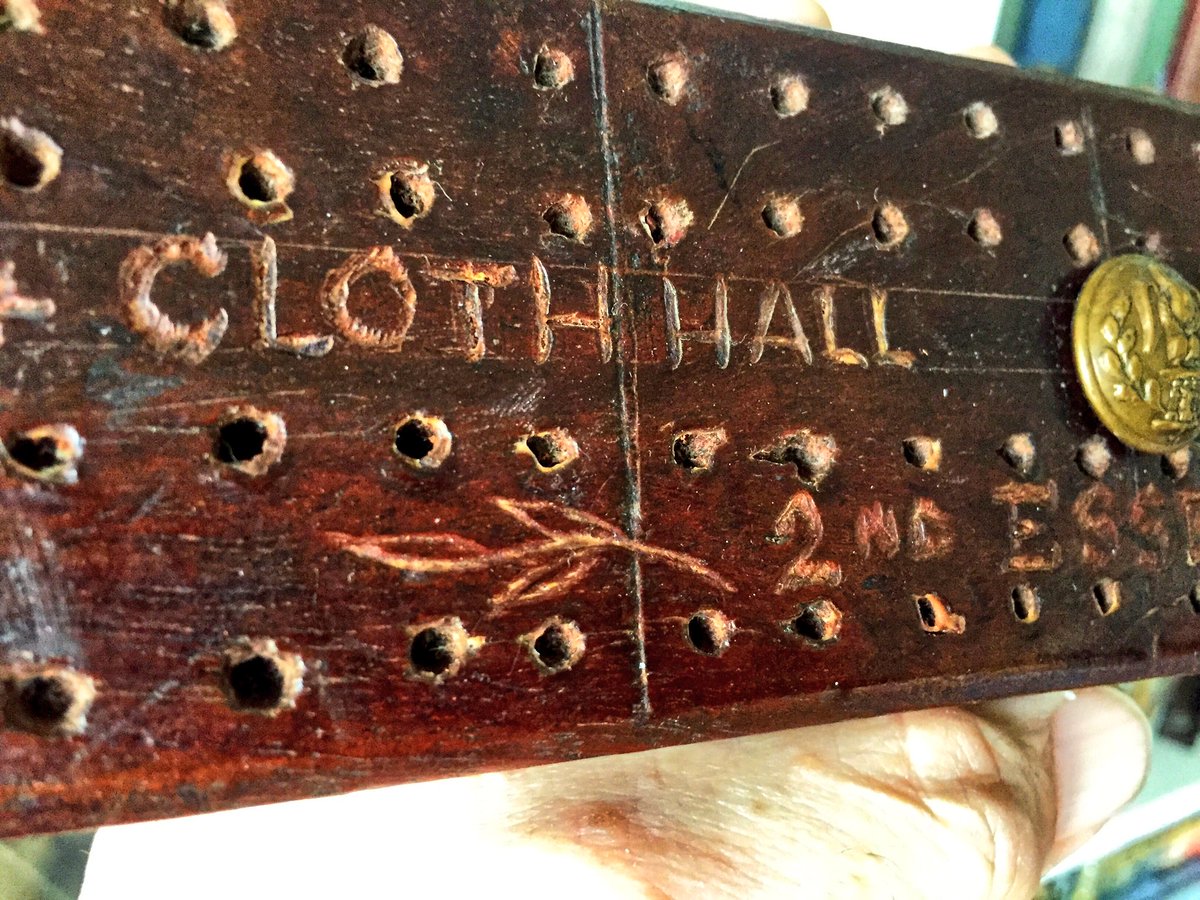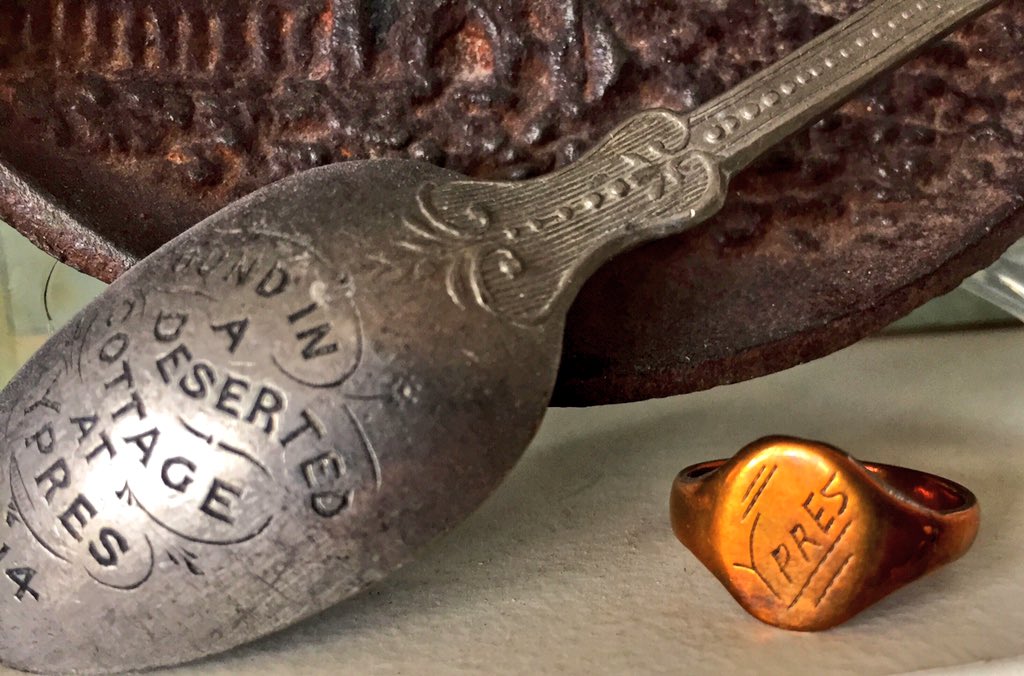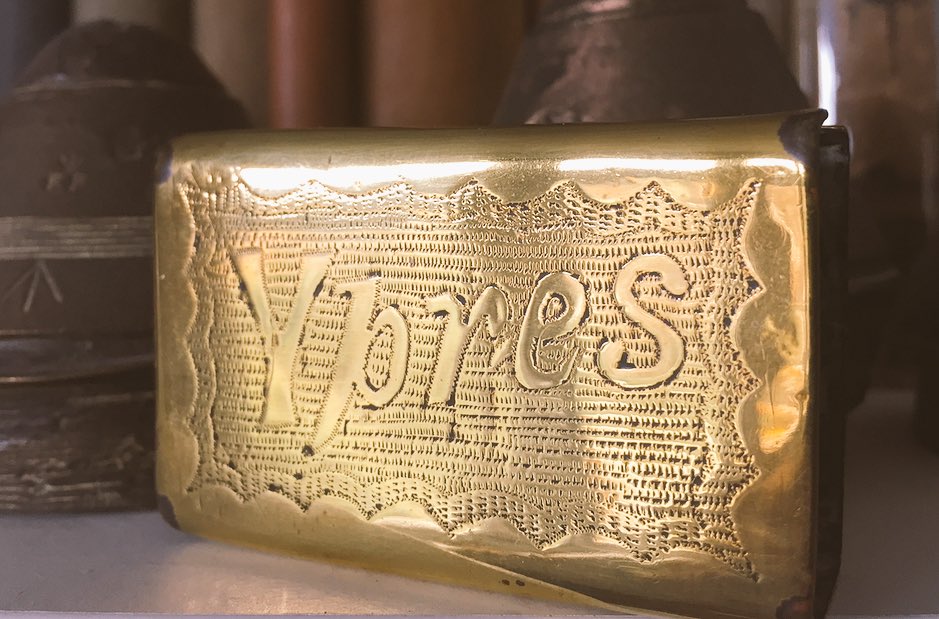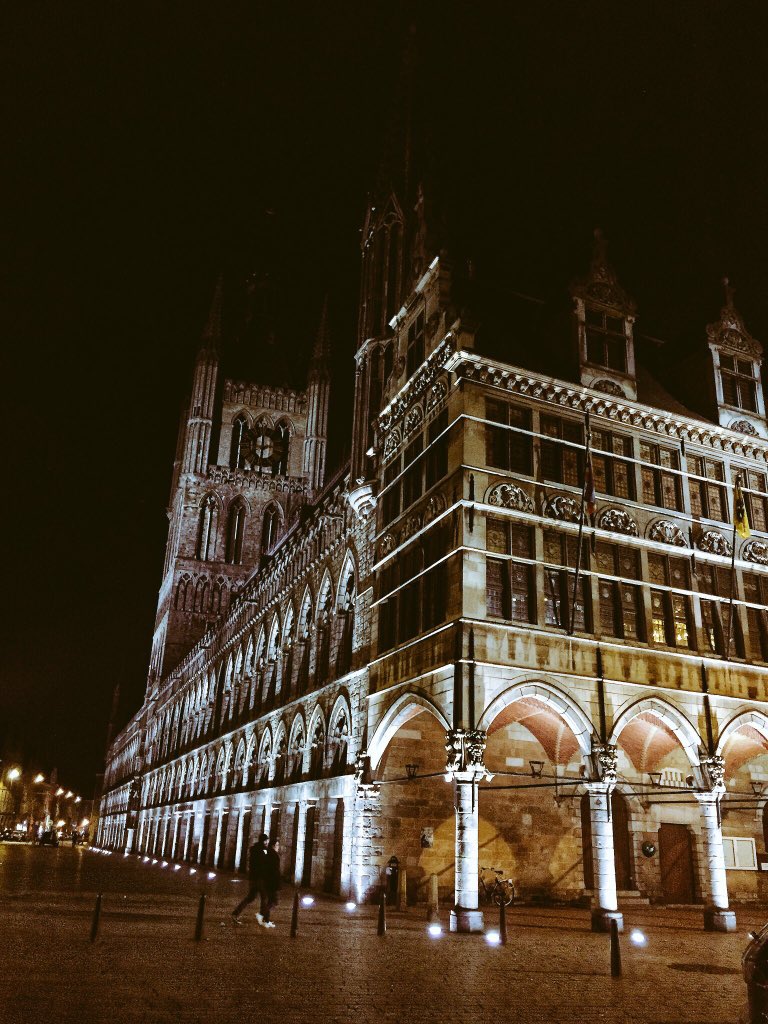Ypres: a city strongly held in the memory of all those who visited it in time of war, and of those who travelled there as pilgrims in its aftermath #WW1
Those postwar pilgrims often returned with souvenirs to remind them of a city that had almost been blasted from the face of the Earth #WW1
As the visitor numbers to Ypres swelled in the interwar years, so the tourism trade boomed, and artefacts that mirrored the ‘trench art’ of old were manufactured to meet demand #WW1
Poignantly, a postcard boom followed, with images of each of the very many war cemeteries being available to visitors. Surely, each of these were special to visitors whose sole purpose was to see the grave of a loved one #WW1
The Ypres League was formed in 1920 for veterans of the campaigns of 1914-18, acting in remembrance of those who fought, and those who died in the Salient: it lasted some two decades, supporting veterans and pilgrims to the once beleaguered city #WW1
Many men who had returned from war carried pieces of the city home: was this piece of hardwood salvaged by a Essex soldier from one of the city’s medieval homes or grand buildings, or perhaps even from the Cloth Hall itself? #WW1
Other souvenirs of war were more personal: what were the circumstances of the recovery of this base metal apostle spoon from ‘a deserted cottage at Ypres’ in 1914? How could we know, or even comprehend #WW1
And, of course, trench art would figure strongly in these souvenirs, manufactured, traded, bought, or even fabricated postwar - a huge industry #WW1

 Read on Twitter
Read on Twitter